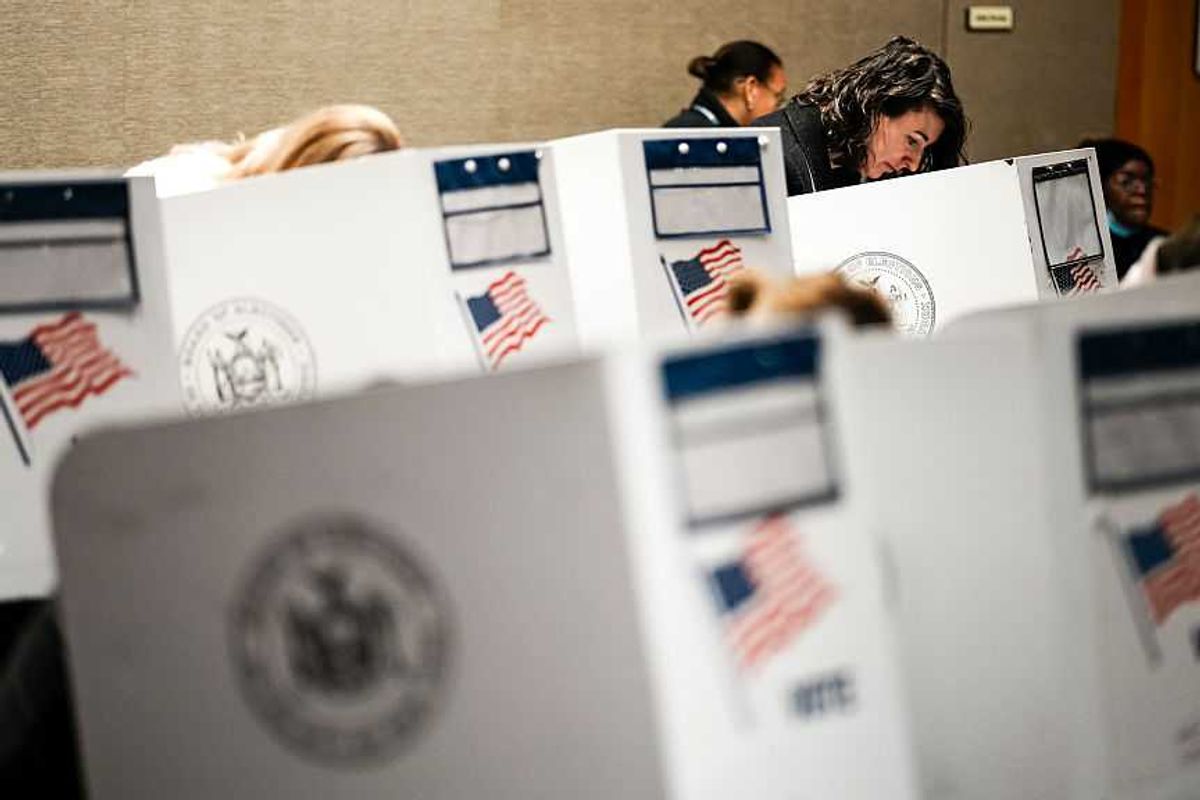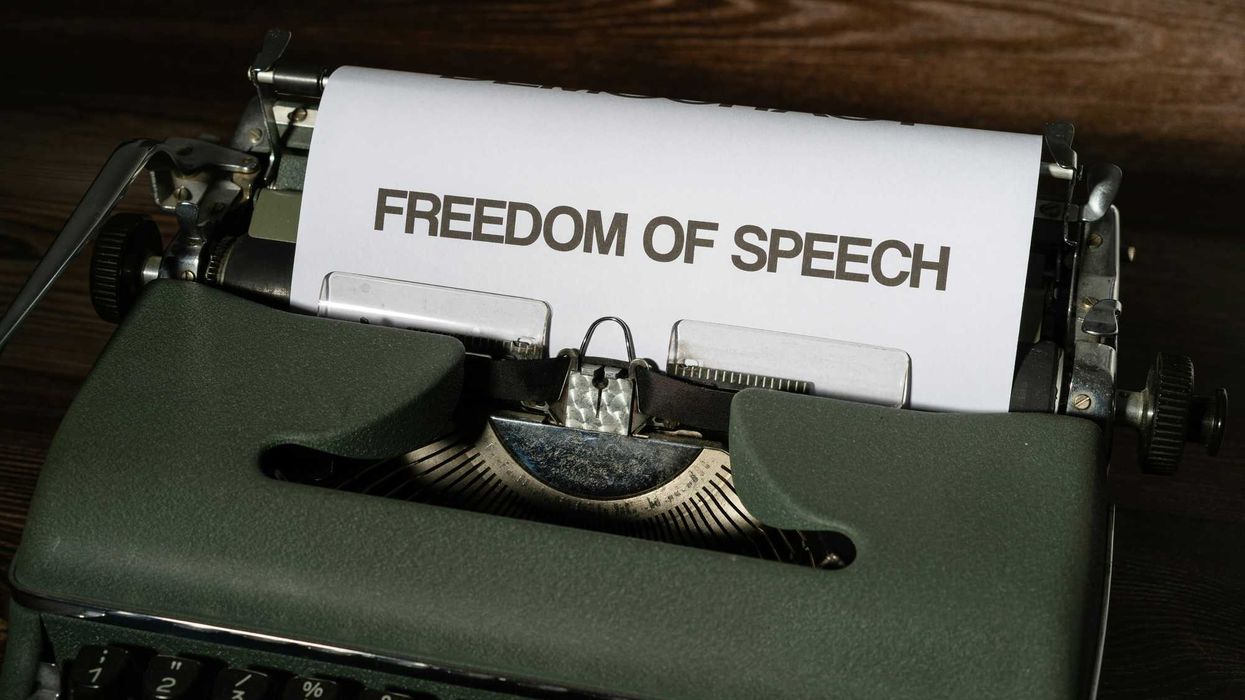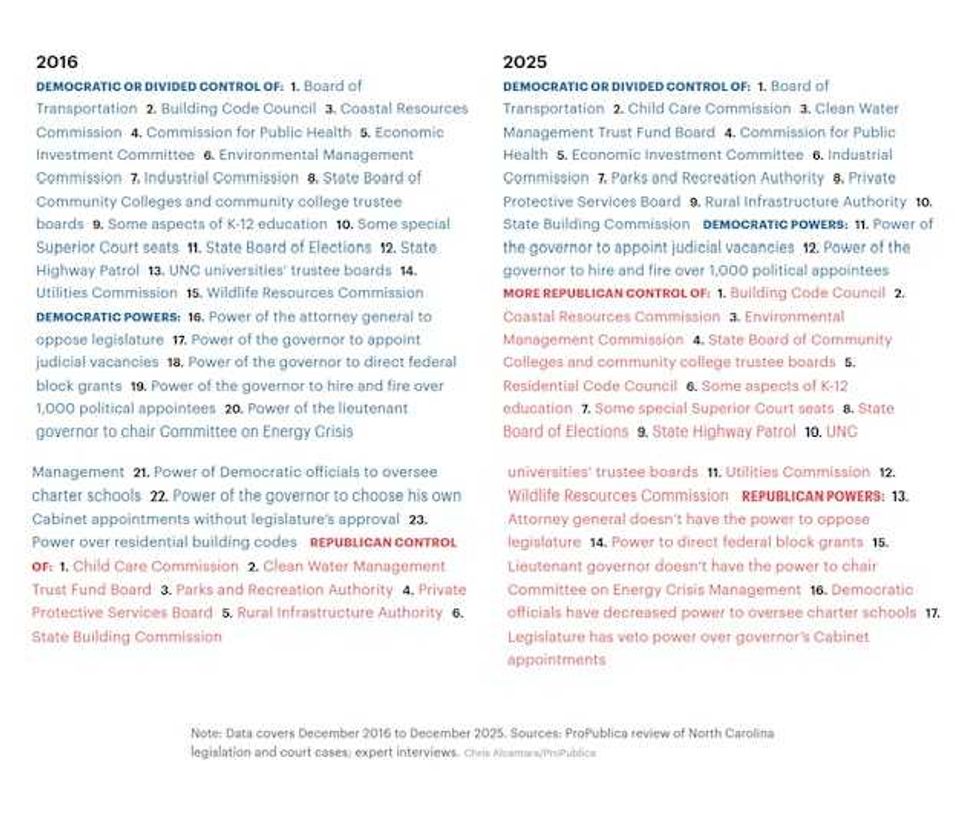Lee is a staff physician at Massachusetts General Hospital and an instructor of medicine at Harvard Medical School.
There is little debate that there is a deadly and worsening shortage in primary care, and that primary care is a cost-effective and evidence-based model of health care that promotes wellness and prolongs life.
For example, an epidemiological study of U.S. population data found that every 10 additional primary care physicians per 100,000 people was associated with a 51.5-day increase in life expectancy. However, from 2005 to 2015, the density of primary care physicians decreased from 46.6 to 41.4 per 100,000. Despite this, only 5 percent of total health care dollars are spent on primary care. In Medicare, only 3 percent is spent on primary care despite the greater needs of older and disabled adults for care coordination and management of chronic conditions.
The deadly and worsening shortage has been recognized for years.
Its progression has occurred despite the efforts from various governments and organizations. It is primarily the result of a very biased payment system that richly rewards surgeons and other procedure-based specialties. Cognitive-based specialties such as primary care are reimbursed less than procedure-based specialties such as surgery. This pay disparity is further aggravated by primary care’s financial reliance on fee-for-service payment, which is a retrospective approach that depends on maximizing volume and hence rushed visits. These issues have over the last 30 years generated a shortage in primary care physicians relative to surgery and other procedure-based specialties.
The origin of this flawed payment system dates to the 1970s. The Centers for Medicare and Medicaid Services was created in 1977. In 1986, CMS formed the Medicare Payment Advisory Commission to help solve rising health care costs. MedPAC was heavily influenced by the American Medical Association, which in turn was heavily influenced by various surgical and other procedure-based specialties. In 1992, CMS, heavily influenced by MedPAC, created the Medicare Physician Fee Schedule. MPFS richly rewards surgery and other procedure-based specialties. Cognitive-based specialties such as primary care were thereafter reimbursed less. The MPFS was pivotal for physician payment since private insurances typically base their payment amounts on Medicare reimbursements.
In 1991, George H.W. Bush’s administration started a conversation about health reform, and that issue became a focus of the Clinton administration. In 1996, the Institute of Medicine released a report that made comprehensive recommendations to improve primary care. Since then, there have been several other IOM reports. Unfortunately, most of the recommendations were never implemented. In 2010, the Patient Protection and Affordable Care Act aided primary care through the expansion of federally qualified health centers, Medicaid expansion and health information support. It, however, did little to implement most of IOM’s 1996 recommendations.
The National Academies of Sciences, Engineering, and Medicine report on the state of primary care of 2021 was significant for electing to use the 1996 IOM report as a starting point but then focusing on implementation. It highlighted that decades of underinvestment, the lower primary care physician reimbursement rate, and reliance on a fee-for-service business model have all significantly contributed to the deteriorating state of primary care and the shortage of primary care doctors. The NASEM report of 2021 outlined five key objectives to implement to repair primary care. It, however, prioritized payment reform as the most critical topic to reverse the trends and strengthen primary care.
No one is claiming that doctors are poorly paid, but the shortage is the result of less compensation for primary care relative to other specialties. When a medical student is faced with a debt of about $200,000 and is choosing a specialty, he/she is opting for a specialty with twice if not three times the annual salary of a primary care physician. Bills are being proposed that offer loan forgiveness for medical students who choose primary care and agree to practice in rural settings. If passed, these measures should help in the long term to increase access, especially in rural areas, but this is a slow fix to a problem that is quickly accelerating due to an aging workforce, many of whom are opting for early retirement.
Changing how and how much Medicare and private insurances pay for primary care is essential. I believe that Congress must have the authority to instigate and enforce these changes. In turn, patients need to make local and national legislators aware of the dire circumstances in primary care and how it is impacting their lives. Patients need to demand more government and private investment in primary care and a complete overhaul of the primary care physician payment system and business model. Congress can task CMS to implement these changes and/or create new expert panels. Congress should consider the following to strengthen primary care:
- It should modernize the flawed and outdated MPFS. It should task CMS and a new expert panel to use the current evidence to design a new MPFS or even create two separate fee schedules to help protect payments for primary-care-related services from being decreased to accommodate for increased payments for other specialty services.
- It should help create an additional business model and source of revenue other than the existing fee-for-service business model. Congress should help develop a partial capitated per-member per-month payment model. This should provide primary care physicians a fixed amount per patient in advance to write renewal prescriptions, battle insurance companies; denials of ‘edications and treatments, and answer patient e-mail and telephone questions.
- It should direct CMS to require an increase in overall spend on primary care. CMS could require Medicare and other plans to not just report annual spending but to mandate that a greater proportion of total spending is dedicated to primary care.
Americans need to realize that the limited accessibility, rushed primary care visits, and rising health care costs are due to a biased payment system that favors procedures rather than primary care. They will hopefully promptly realize the last few decades have proven that only a top-down approach will work and that their voices are necessary to drive the needed physician payment reforms that will re-vitalize if not save primary care. It is my hope that every American will reach out to their respective representatives in Congress and advocate.




















